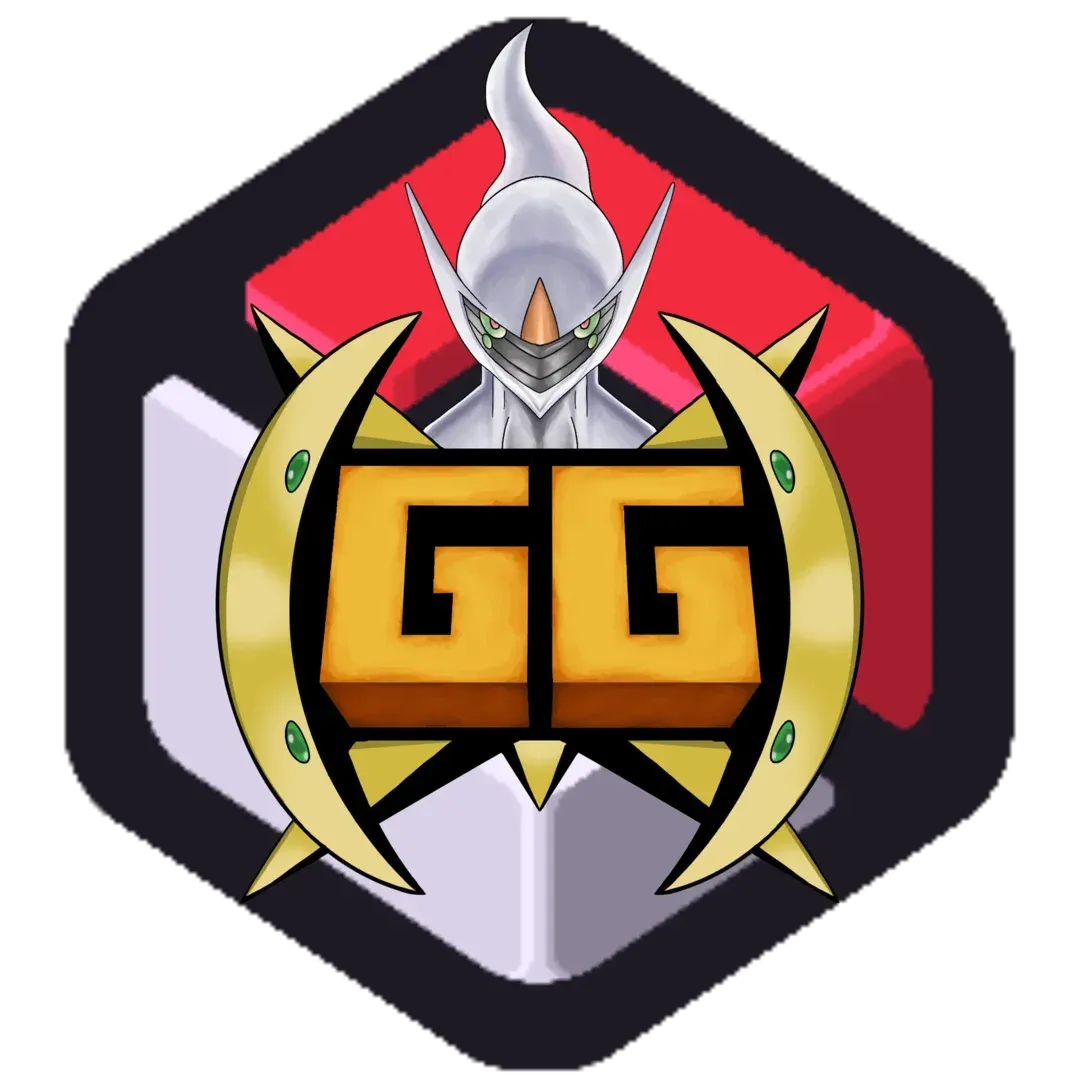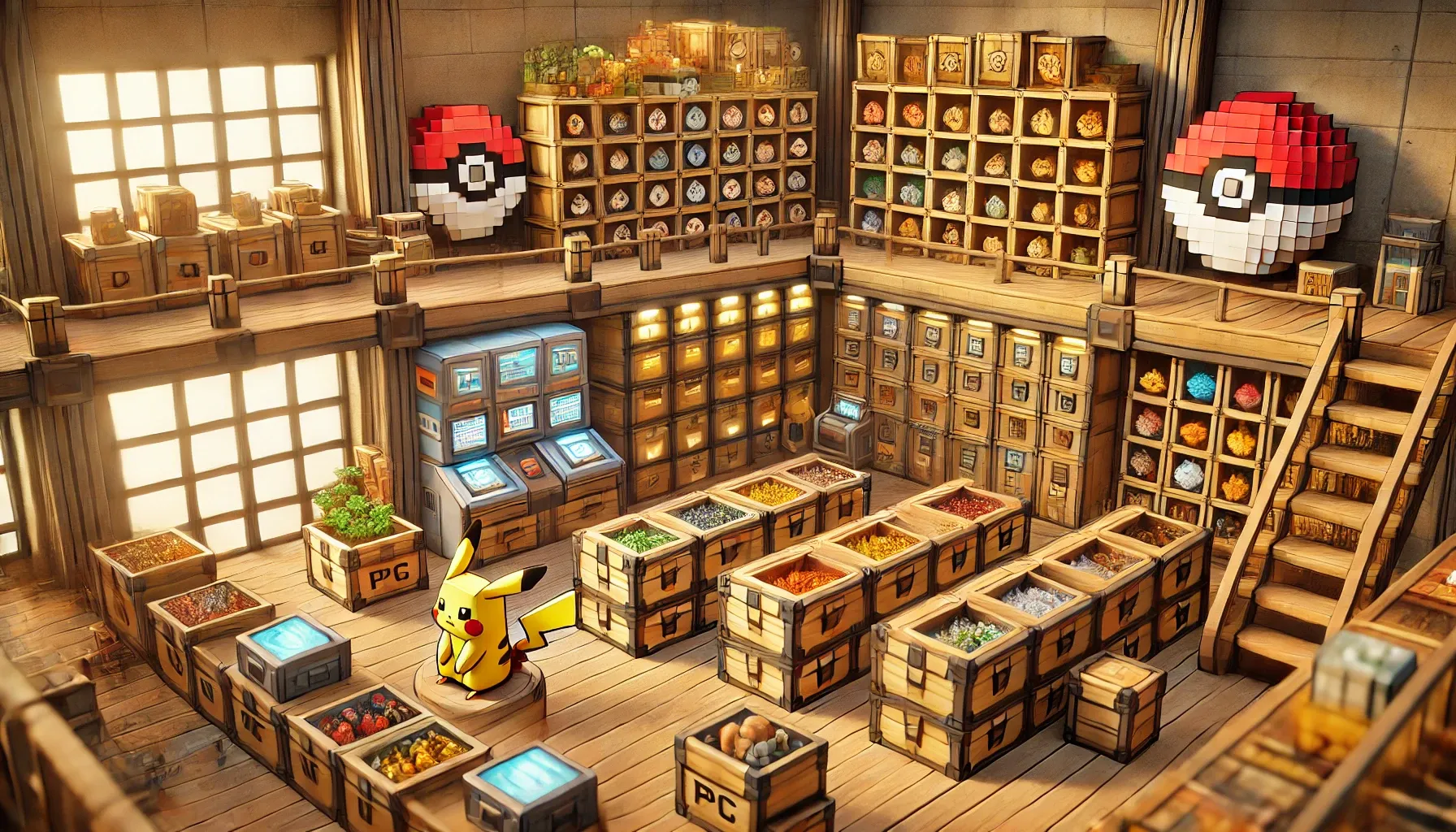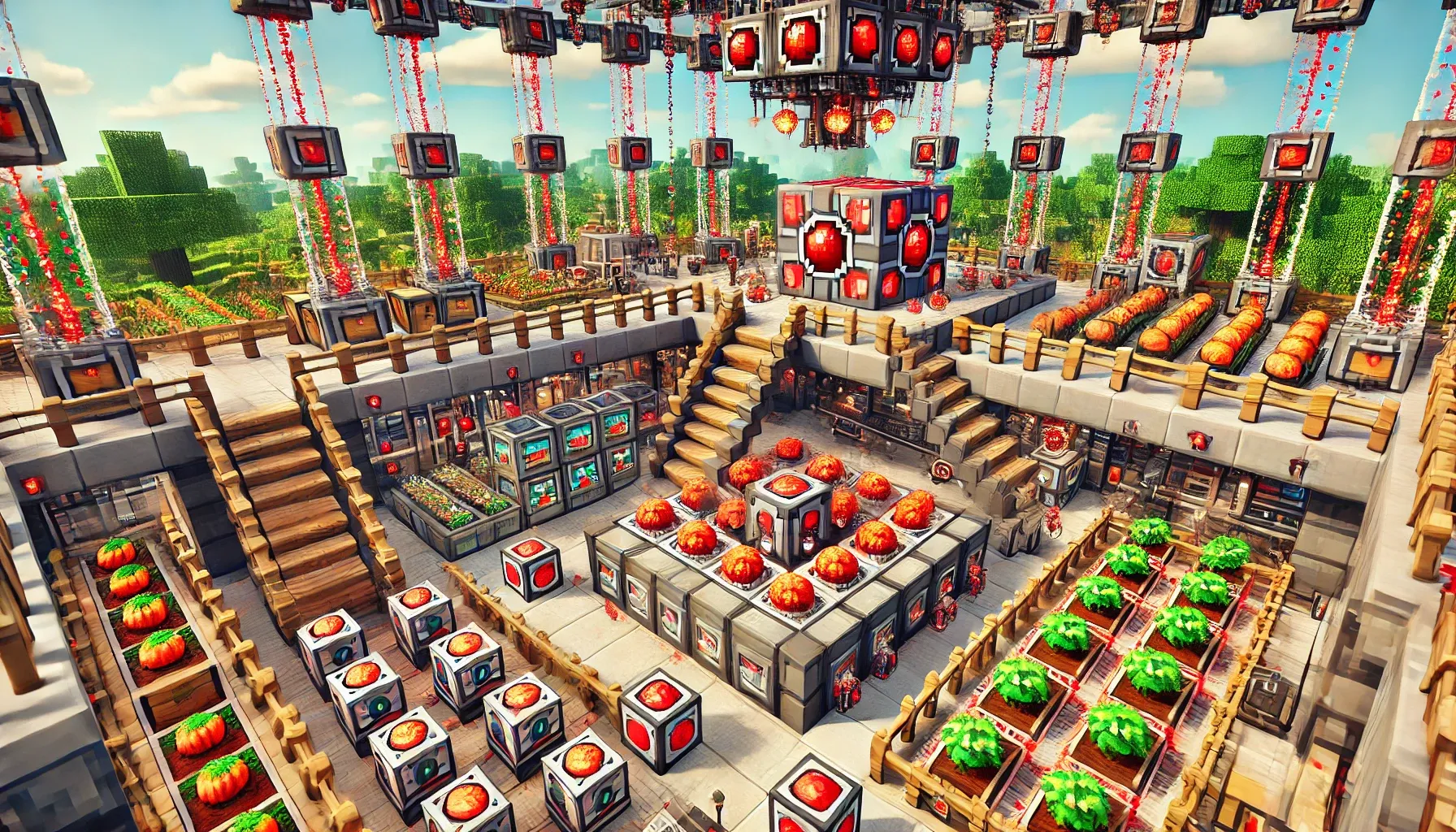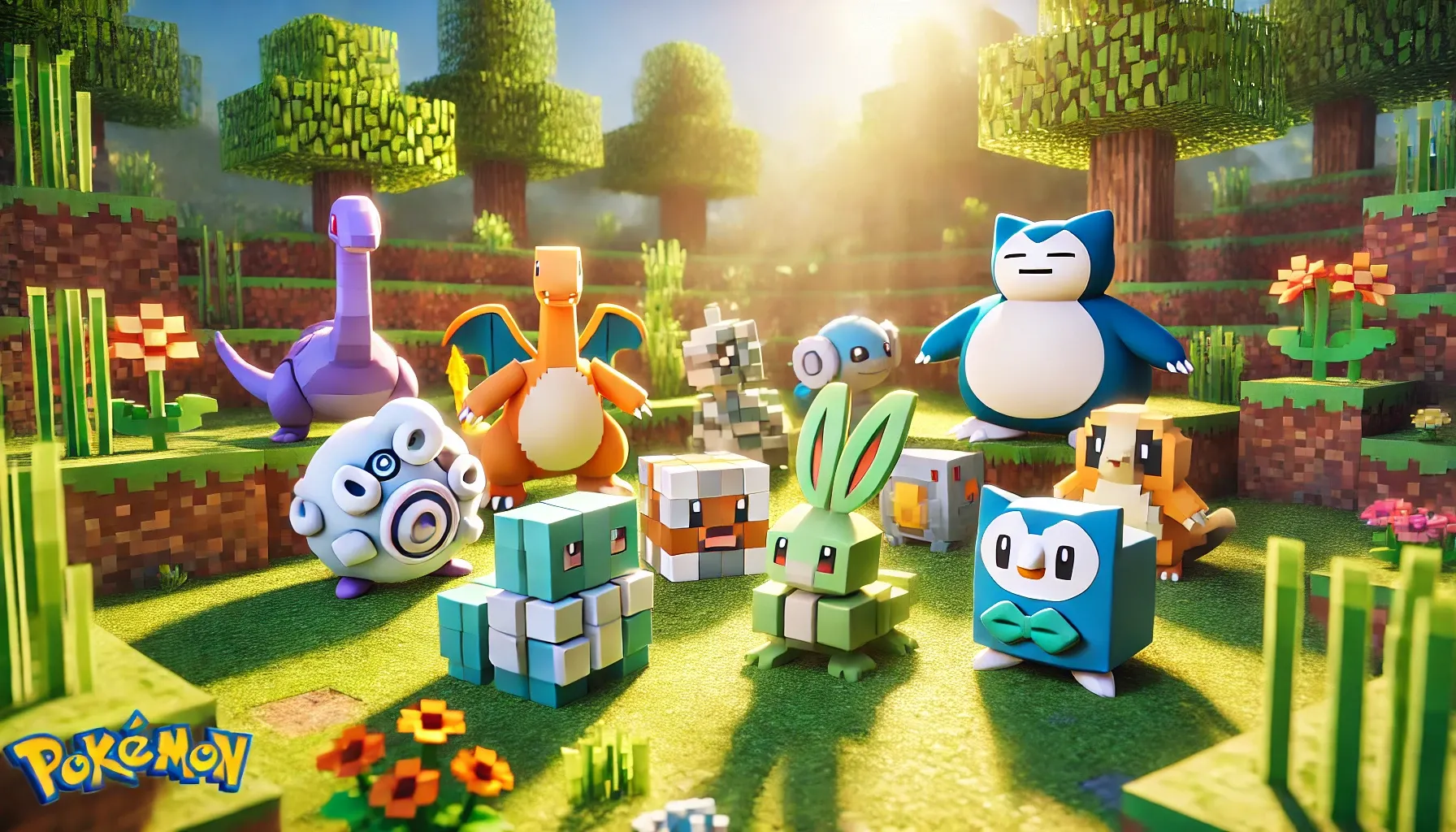As your collection of Cobblemon grows, managing them efficiently can become quite a challenge. A well-organized collection will save time, improve gameplay, and make team-building a breeze. This guide will walk you through the best ways to organize and manage your Cobblemon, from sorting by type and stats to using storage systems and keeping track of rare finds.
1. Sorting by Type and Primary Role
One of the simplest ways to start organizing your Cobblemon is by grouping them based on their type or primary battle role. This makes it easy to find Cobblemon for specific tasks or battles where type advantages matter.
How to Implement:
- Type Grouping: Sort your Cobblemon by their primary types (e.g., Water, Fire, Grass). Create separate boxes in your PC storage or label chests for each type. This way, when you’re facing a battle where type advantage is critical, you can quickly pull from the appropriate category.
- Role-Based Grouping: Another effective strategy is to organize Cobblemon by role, such as attackers, tanks, and support Cobblemon. This approach works well for players who often participate in raid battles or competitive play.
Why This Works:
Grouping by type and role streamlines team selection, especially for players who frequently need to adjust their lineup for specific battles or training sessions.
2. Using Labels and Signs in Storage Rooms
If you have a physical storage room in your base, labels and signs can help you keep everything in order. This is especially useful if you’re organizing large amounts of Poké Balls, healing items, or rare Cobblemon.
How to Implement:
- Labels on Chests: Use item frames with Cobblemon-related items (like apricorns or Poké Balls) as indicators for what each chest holds. For example, a chest with red apricorns in the item frame can indicate storage for items related to Fire-types.
- Color-Coded Signs: Use color-coded signs to denote different types or categories. You could, for example, use blue signs for Water-types, green for Grass-types, and red for Fire-types, making it easy to identify sections at a glance.
Why This Works:
Using labels and signs saves time by giving you quick visual cues, so you don’t have to open multiple chests or storage containers to find what you’re looking for.
3. Tracking IVs and Natures
For players who want to optimize their Cobblemon for competitive play, tracking Individual Values (IVs) and Natures is essential. Cobblemon with high IVs and beneficial natures can outperform others, so it’s worth keeping track of these details.
How to Implement:
- Create an Excel Spreadsheet: Use a simple spreadsheet to record each Cobblemon’s IVs, nature, and level. Include columns for their moves and abilities, especially for high-level or rare Cobblemon.
- Label Boxes by Stat Focus: Dedicate different PC boxes to Cobblemon with specific high stats (e.g., one box for high-attack Cobblemon, another for high-speed Cobblemon). This allows you to quickly find Cobblemon suited to particular battle strategies.
Why This Works:
Tracking IVs and natures helps you stay organized, especially if you have Cobblemon meant for competitive play or specific battle roles. This approach saves you from repeatedly checking stats each time you’re selecting a team.
4. Establishing a Collection for Rare and Shiny Cobblemon
Rare and shiny Cobblemon deserve special attention and should be separated from the rest of your collection. Not only does this keep them safe, but it also allows you to display them in a way that celebrates their rarity.
How to Implement:
- Create a ‘Rare Cobblemon’ Box: Dedicate a specific box in your PC storage exclusively for rare and shiny Cobblemon. Label this box clearly so you can easily access and admire them.
- Display Areas in Your Base: If you have enough space, create a display area or “trophy room” in your base. Place item frames, statues, or armor stands to represent these unique Cobblemon. This adds a visual element to your base that celebrates your rare finds.
Why This Works:
By keeping rare Cobblemon in a dedicated area, you ensure they won’t get mixed up with your main collection. It also adds an aesthetic touch to your base, giving visitors (and yourself) something to admire.
5. Rotating Battle Teams
If you often switch battle teams for different situations, consider setting up a system that allows you to quickly rotate between teams. This can be helpful for players who participate in various activities, such as raid battles, training sessions, or friendly competitions.
How to Implement:
- Pre-Set Teams in PC Boxes: Dedicate boxes in your PC storage to specific teams, such as a raid team, a gym battle team, or a shiny hunting team. Label each box so you can quickly grab the right Cobblemon for any occasion.
- Weekly Rotation System: To keep all your Cobblemon leveled up and trained, rotate your battle teams on a weekly basis. This will ensure that no Cobblemon gets left behind in terms of leveling and training.
Why This Works:
This system makes it easy to adapt to different Cobblemon activities, ensuring that you always have the right team ready and that all Cobblemon get a chance to grow and improve.
6. Using Redstone for Automation in Your Collection Management
Redstone can add a layer of automation to your Cobblemon organization, especially when managing large collections of items, apricorns, or tools related to Cobblemon care.
How to Implement:
- Automated Item Sorters: Use Redstone circuits and hoppers to automatically sort Poké Balls, apricorns, and healing items into designated chests. This can save a lot of time and effort, especially if you’re farming large amounts of resources.
- Healing Stations with Pressure Plates: Place pressure plates at the entrance to your Cobblemon healing station to automatically activate the healing machine. This setup can streamline the process of restoring your Cobblemon after battles.
Why This Works:
Redstone automation adds efficiency to your base, allowing you to spend more time exploring and battling instead of managing inventory. It also adds a creative, technological aspect to your Cobblemon experience.
7. Creating a Digital Logbook for Events and Achievements
Maintaining a record of key achievements, such as capturing rare Cobblemon or winning battles, is a great way to reflect on your journey. A logbook can help you track milestones and progress over time.
How to Implement:
- In-Game Book and Quill: Use a book and quill to log major milestones, such as capturing your first legendary or winning a difficult raid battle. You can keep this in a special chest or display it in your base.
- External Journal or Notepad: If you prefer a digital approach, use an app or notepad to log your achievements. You can include details like where you caught certain Cobblemon, their stats, and any significant battles they’ve participated in.
Why This Works:
Keeping a record of your journey adds a personal touch to your Cobblemon experience, helping you track achievements and fond memories within the game.
Conclusion
Organizing and managing your Cobblemon collection can greatly enhance your experience by making team building, resource management, and gameplay more enjoyable. Whether you're a collector, a battler, or simply someone who enjoys an organized space, implementing these strategies will make your Cobblemon journey smoother and more rewarding.
Have your own organization tips? Share them in our Discord, and let’s keep our Cobblemon collections thriving!



